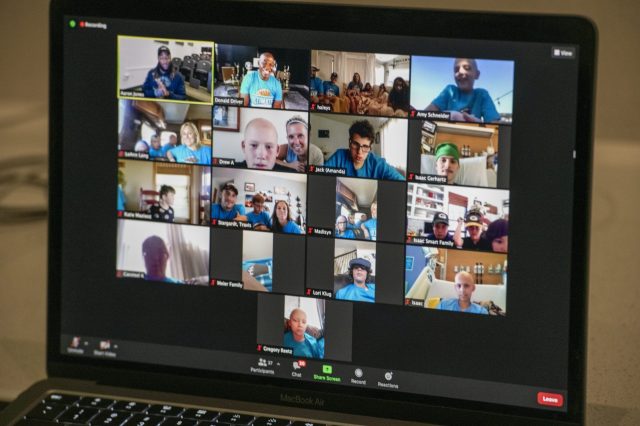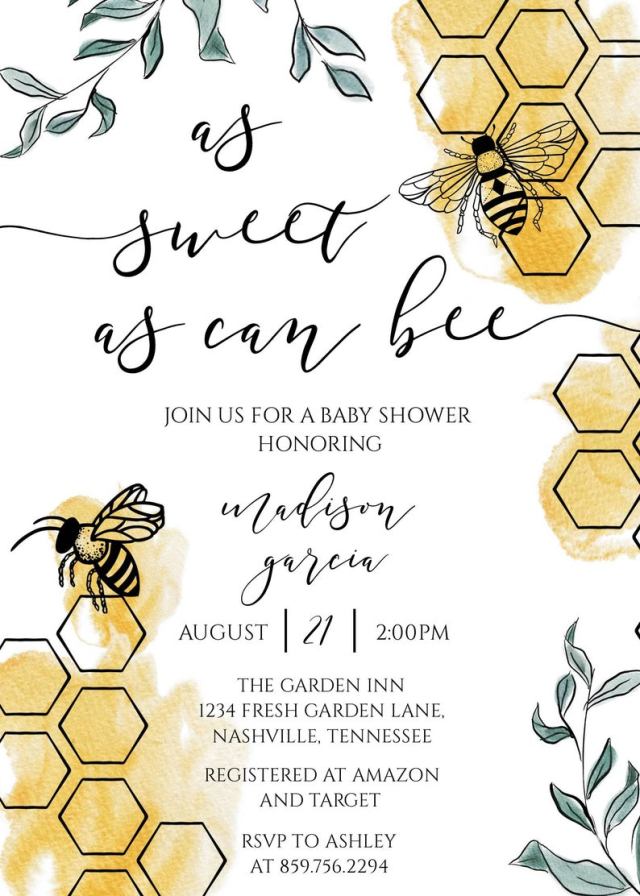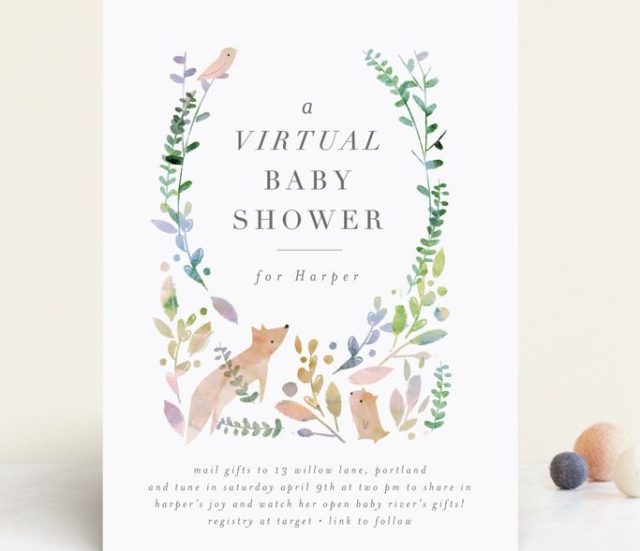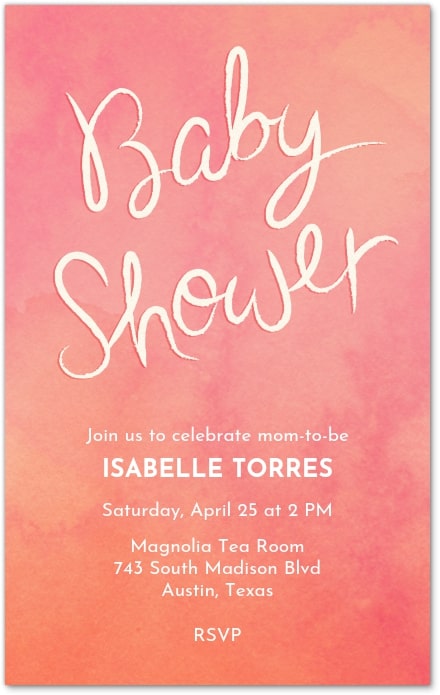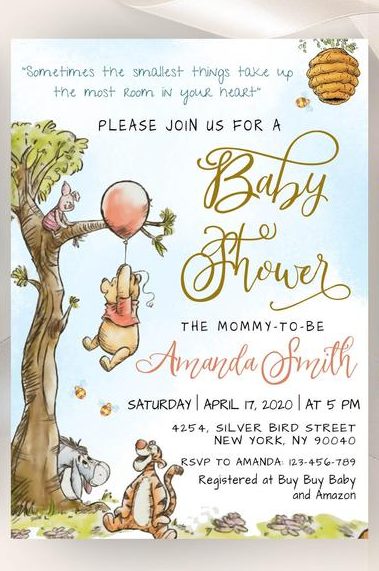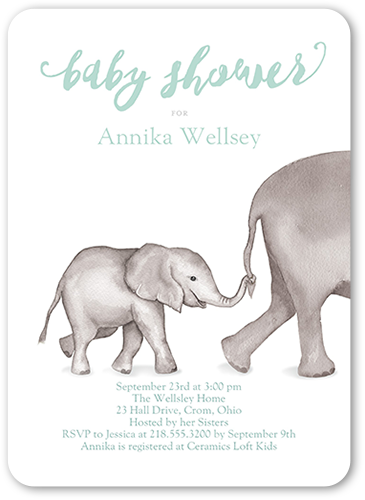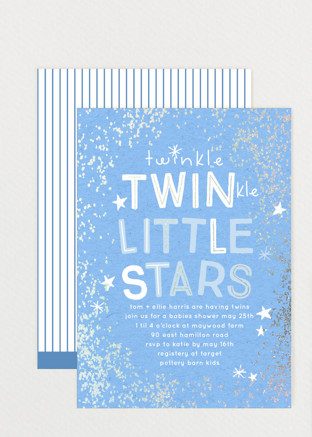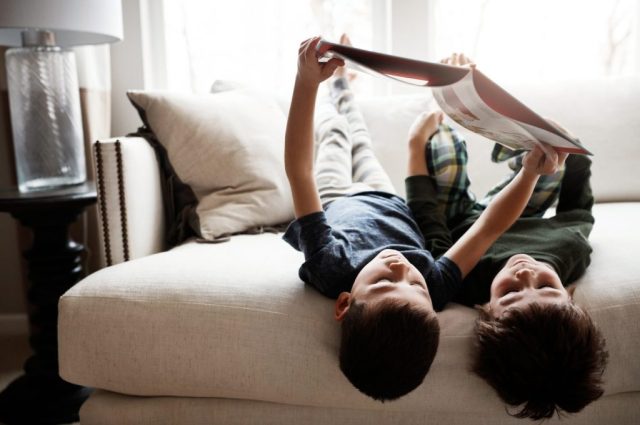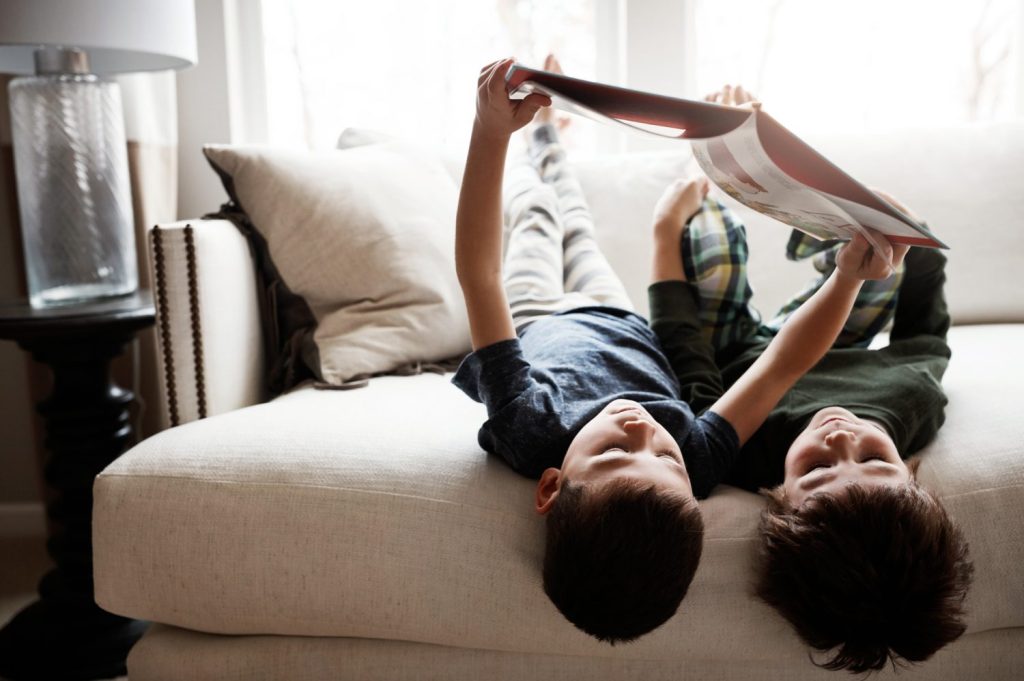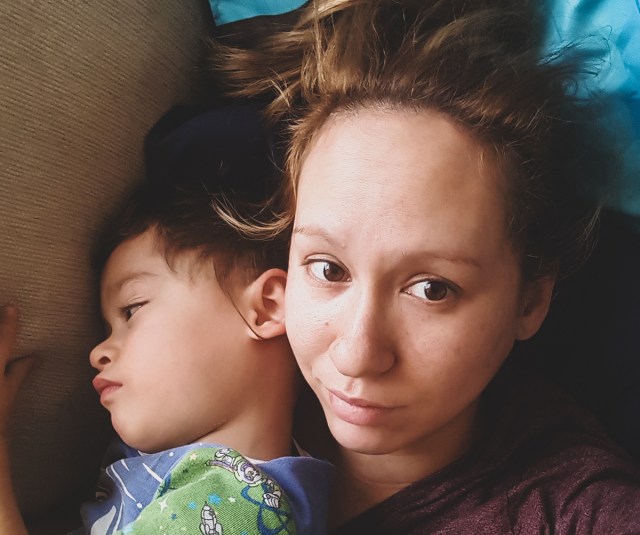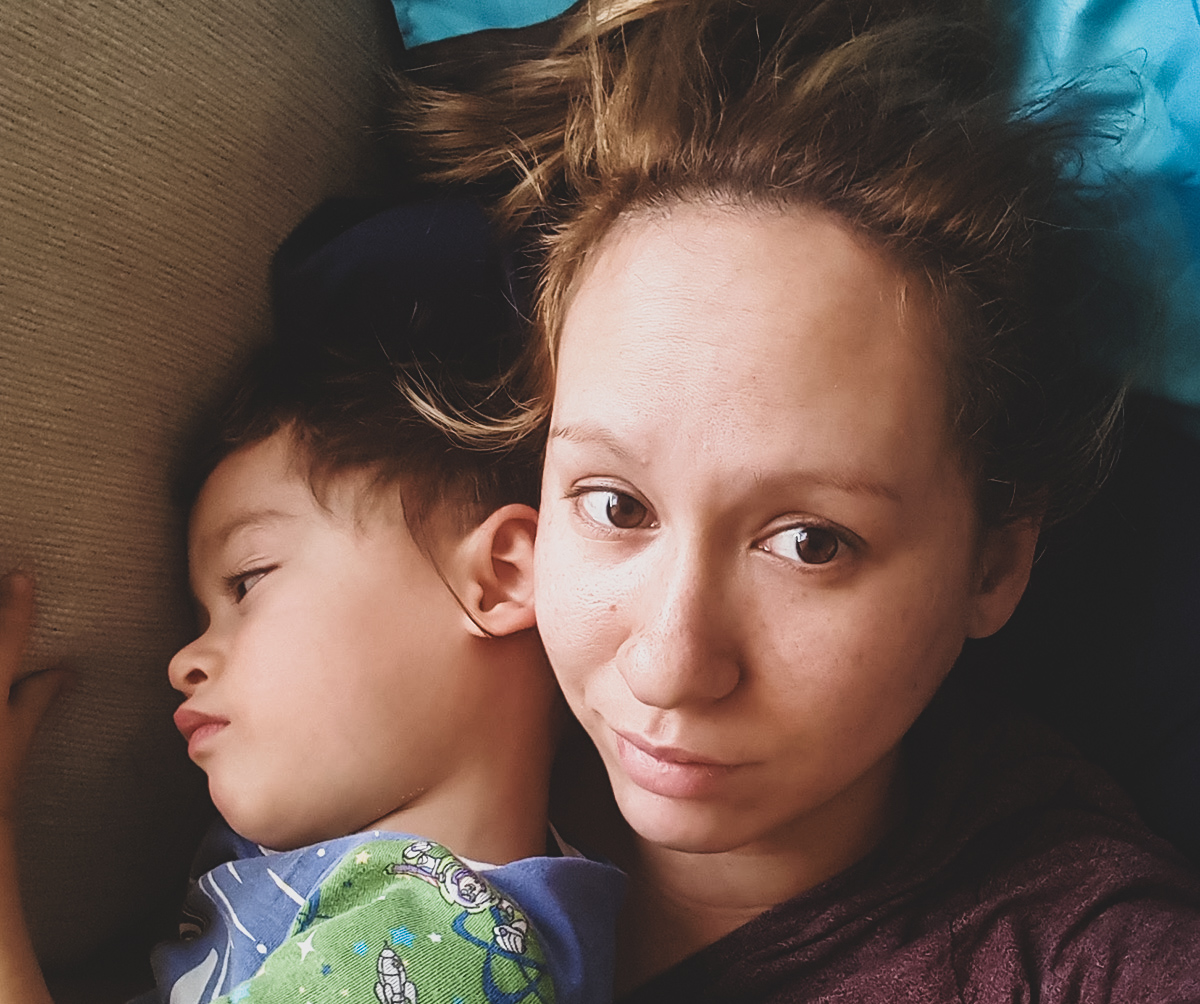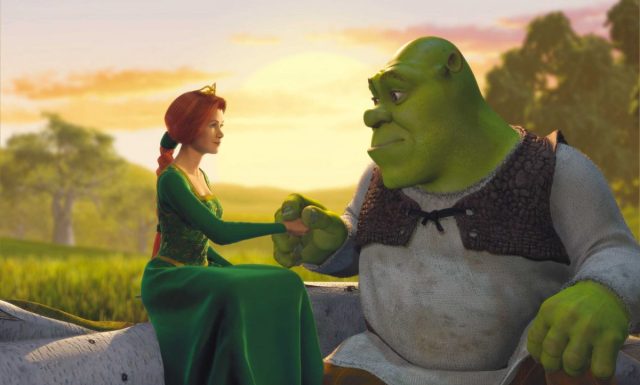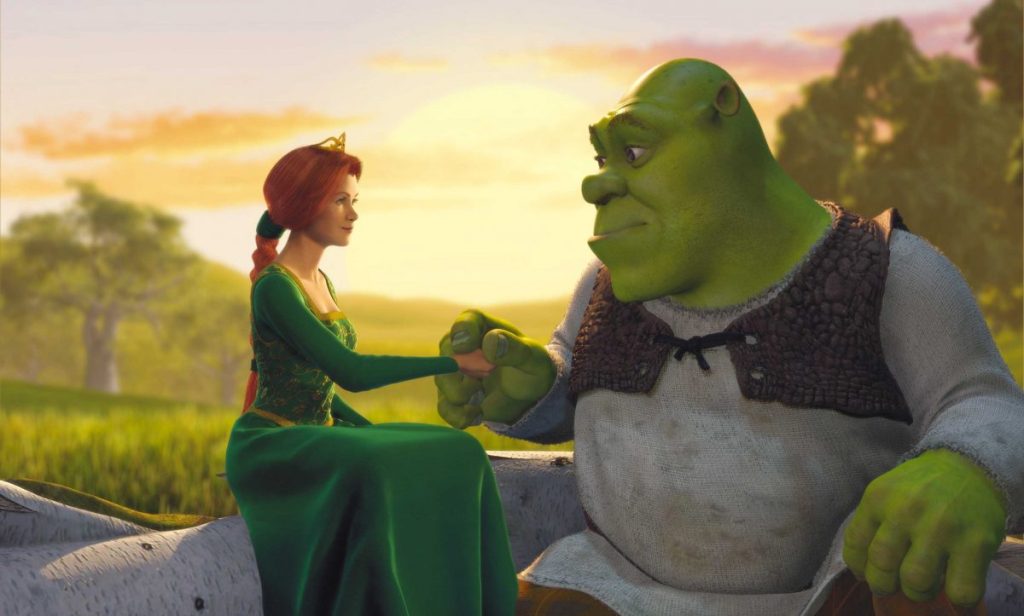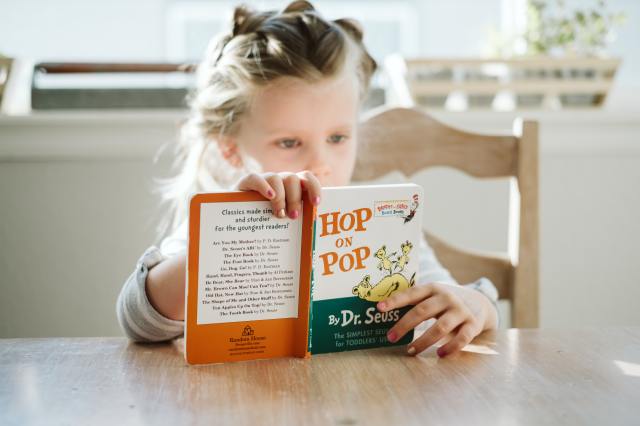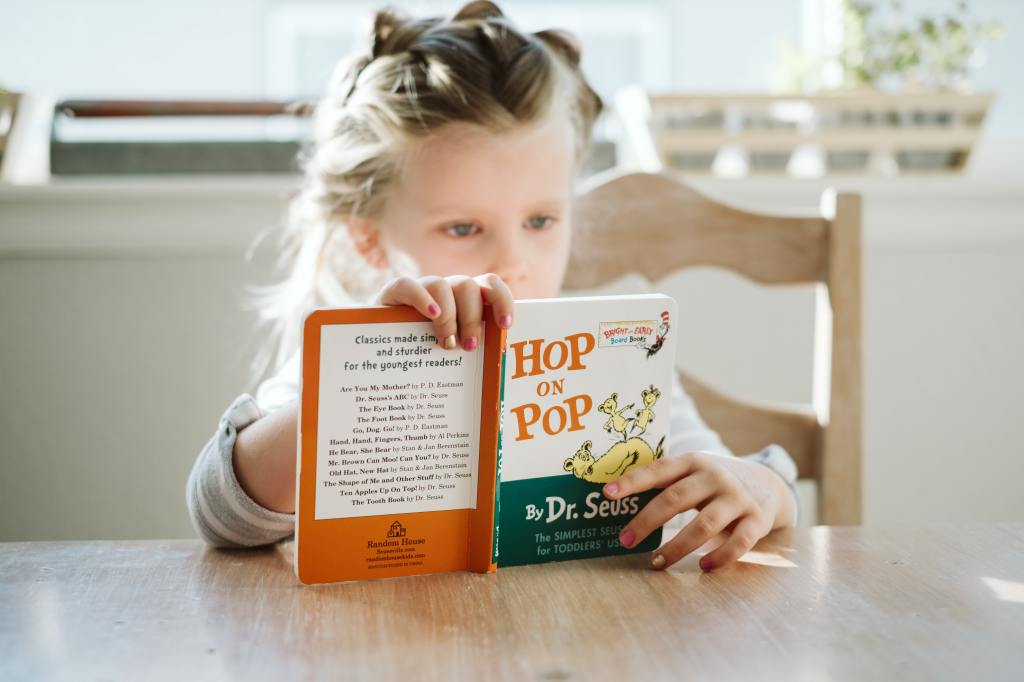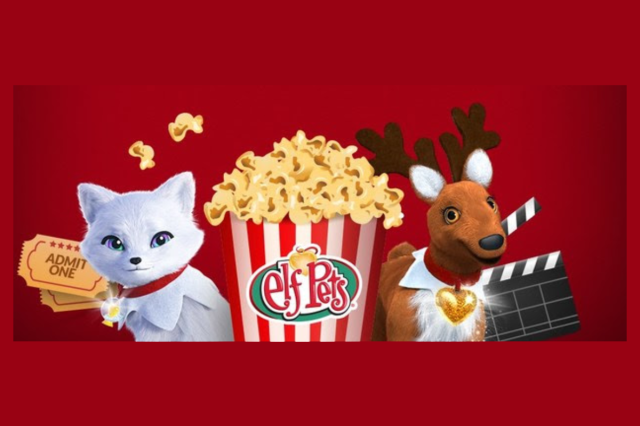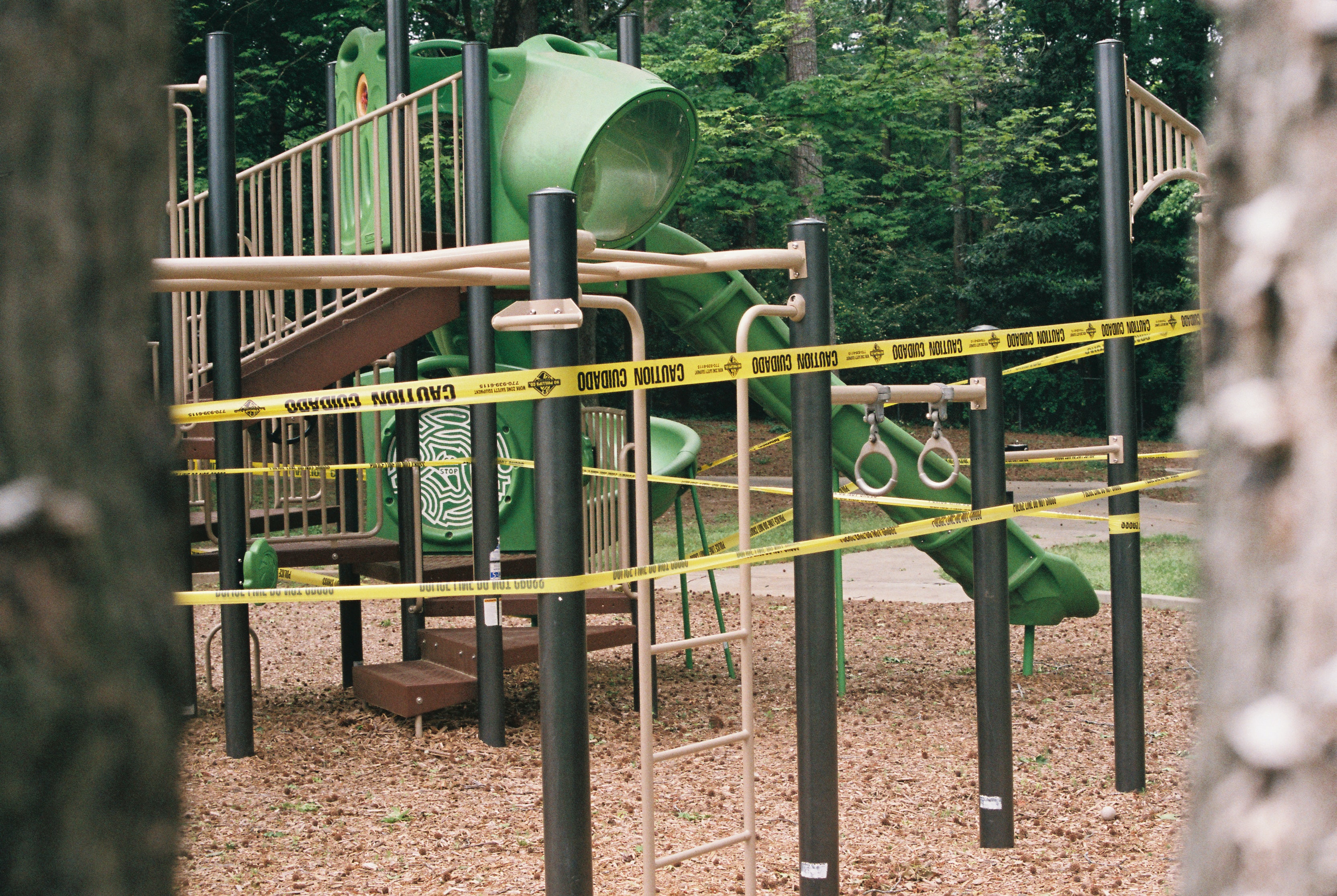When children are diagnosed with cancer, their childhoods are put on hold. Navigating countless procedures, enduring lengthy treatments and meeting emotional needs takes incredible strength and resilience. To bring much-needed joy and smiles to families on this unfathomable journey, Northwestern Mutual, through its Foundation, recently connected children and families affected by childhood cancer for a one-of-a-kind virtual “camp” experience: the Ultimate Mini-Camp.
In recognition of Childhood Cancer Awareness Month, the Ultimate Mini-Camp united families nationwide affected by childhood cancer who often lack crucial support networks that truly understand this battle. Hosted by Super Bowl champion and former NFL player Donald Driver, participants got to listen to stories, ask NFL pros questions and show off their favorite accessories—casting their worries aside as they enjoyed an afternoon of pure fun.
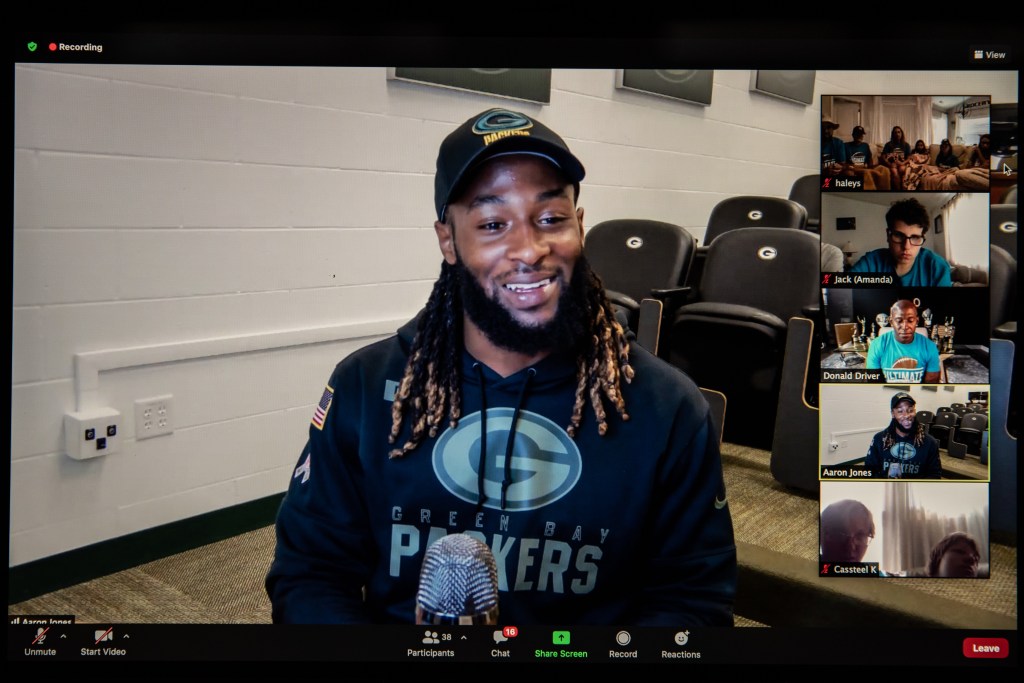
Aaron Jones, NFL Running Back for the Green Bay Packers, acted as the “director of activities,” talking to kids about everything from his ranking in Madden NFL to why he wears a sombrero on game day, and taking participants behind the scenes for an exclusive tour of Lambeau Field. The children were also encouraged to submit a customized design for a chance to be featured on Aaron’s cleats for this season’s “My Cause, My Cleats” game in December. “I look forward to wearing one of you guys’ cleats this upcoming December…having a special game in them and seeing what you come up with,” said Jones.
Kids and parents were able to ask Jones and Driver questions, which ranged from their other favorite sports to what advice they’d give to children battling cancer. Driver, who has experienced multiple friends and family members fight cancer, shared an emotional response. “You’re the most special person in the world,” said Driver. “Never give up, keep fighting. Believe that anything is possible.”
The Northwestern Mutual Foundation launched its Childhood Cancer Program in 2012 to accelerate the search for better treatments and cures, provide necessary family and patient support, and aid those who continue to struggle with the long-term effects of treatment. The program has contributed more than $35 million to the cause, funding more than 455,000 hours of life-saving research. It also provides two scholarships—one to childhood cancer survivors and another for siblings of those affected by childhood cancer—so they can pursue dreams of higher education and inspiring careers.
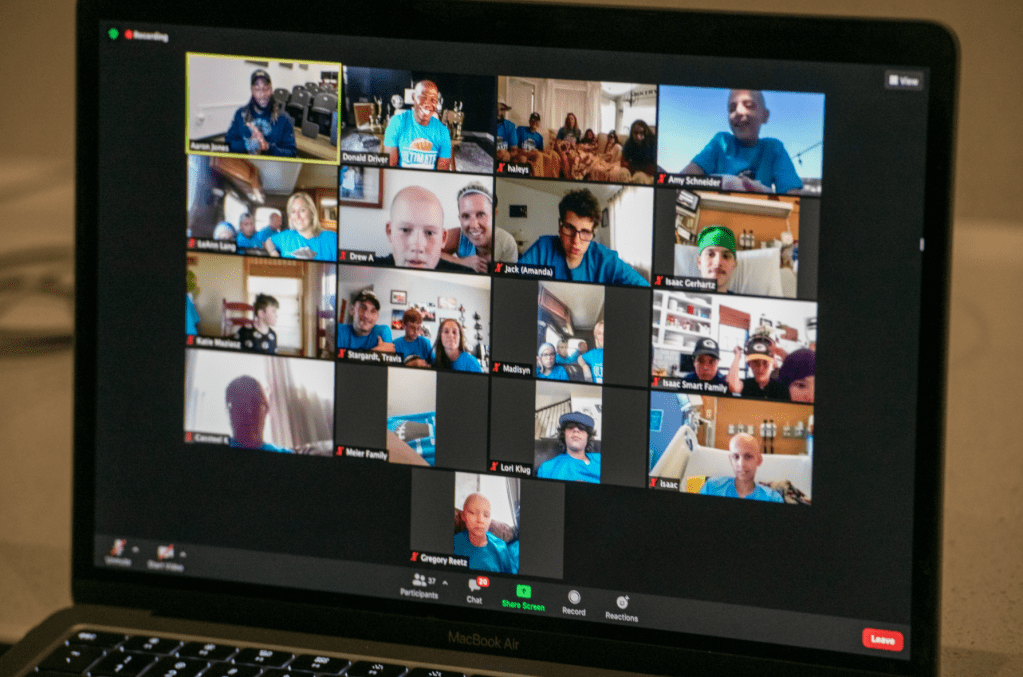
Since 2018, Northwestern Mutual has been hosting special camp events virtually and at renowned venues – Rose Bowl Stadium in 2018, Lambeau Field in Titletown in 2019, and virtually in 2020 and 2021. This year’s Ultimate Mini-Camp served as an uplifting (virtual) destination to help families rediscover hope, create unforgettable memories, and build meaningful connections among a loving community.
Get a peek at the full event:
-Jessica Solloway
